"What I Wanted to Wear" is a new revelatory storytelling project on the Medium website that focuses on transgender, genderqueer, and gender-nonconforming people's sartorial choices, as they consider what they wish to wear in the safety of their home, versus what they finally decided to actually wear in public to minimize the threat of harassment and violence.
The project features arresting "before" and "after" selfies, accompanied by essays from a multiracial group of young gender-variant people, plunging to the heart of the complex internal struggle of trans people who must constantly weigh the joys of self-expression against the risks of attack.
One of the project's storytellers, Alok Vaid-Menon, who was previously featured among the 2015 Trans 100 and as part of The Advocate's feature on the Boys anthology of essays, perfectly summarized the soul-searching purpose of the project.
"As I say in my Medium piece, street harassment is too high a price for being ourselves," Vaid-Menon tells The Advocate in a recent phone interview.
"What I Wanted to Wear" is part of a larger online storytelling enterprise at Medium called "We the T!" While anyone can create an account and post a story on Medium, the website also hosts edited magazines. These magazines often group already-posted essays and photos under the banner of a special topic. Medium's flagship magazine is called Matter, while Gender 2.0 focuses on gender identity. "We the T!" is a collaboration between Gender 2.0 and Matter.
"The goal of 'We The T!' is to foster the trans community on Medium and give trans folks a space to speak freely about their lives and the things that matter most to them," says Madison Kahn, an editor at Medium, in an email to The Advocate. "'We The T!' has kicked off a number of high-level conversations around street harassment, being black and trans, and trans masculinity to get more trans people responding and writing about their own experiences."

One of the project's main curators, Meredith Talusan (pictured above), a Filipino trans woman who also identifies as nonbinary and is a former Advocate contributor who recently became the first out trans LGBT staff writer at BuzzFeed, stressed over the phone that the "We the T!" stories bring together an array of social media platforms that have become a staple of contemporary trans activism:
"One of the things about the Internet is that we have only scratched the surface of its possibilities. 'We the T!' gives fresh visibility to the complex lives that transgender and non gender conforming people actually live and these narratives matter more than ever. The articles and photos in 'What I Wanted To Wear' and 'We the T!' raise the level of interactivity across online platforms with experimentation across different formats. Writers for 'What I Wanted To Wear' make this interactivity happen."
After posting their stories and photos on Medium, many of the original participants for "What I Wanted To Wear" also cross-posted on Twitter, tagging their posts with the hashtag #WIWTW. That's when the project mushroomed with contributions from Twitter users who were not originally part of the project.

"What I Wanted to Wear" was born after Talusan saw Vaid-Menon's July 12 Facebook post. Vaid-Menon is a transfeminine, gender-nonconforming South Asian communications and grassroots fundraising coordinator for The Audre Lorde Project who uses the pronouns they/them. Vaid-Menon is the co-head with Janani Balasubramanian of DARKMATTER, a trans South Asian performance art collective. Their Facebook post summarized what became the impetus for "What I Wanted to Wear":
"The story goes something like this: Every morning when I wake up and look at my closet I ask myself, 'How much do I want to be street harassed today?'"
Vaid-Menon's Facebook post was accompanied by a vivid selfie (top photo) in which they stand languidly in front of a mirror in a white open-necked shirt dress, patterned with colorful off-kilter geometric splotches. Vaid-Menon gazes down at their silver iPhone in their left hand, their pursed lips decorated in lilac lipstick, their face bespectacled with round-rimmed glasses. The red ladder next to Vaid-Menon adds a palpable surreality to the selfie that enlivens its representation of psychic struggle. The image at once suggests brooding pensivity, stylistic courage, and an endearing timidity born of the relative stiffness of Vaid-Menon's bushily hirsute yet delicatedly posed shoulders, chest, and arms.
Over the phone, Vaid-Menon stresses that the real problem lies with appearing gender ambiguous. "Passing," or looking as if one conforms with either the masculine or the feminine binary of gender, provides a safety net against harassment. Two other participants in the "What I Wanted to Wear" project agree.

"There is a complexity about our gender experiences that is not being shared enough to the public," says Kai Cheng Thom, a Chinese Canadian trans woman (pictured above) who is a psychotherapist and performance artist. Sometimes it is about the difficulty of not being considered binary enough. "When I was transitioning and wearing women's clothing on a regular basis, and the most in between the binaries, that was when I received the most intense threats, even sexualized comments, sometimes both at the same time, and a man even followed me to my house and actually touched me and tried to break in."

"I just want to give an honest representation of myself to the world," Aaryn Lang reveals in a phone interview. Lang is a black trans woman who recently moved to New York City from Ohio. She gave The Advocate permission to share that she has been medically transitioning with hormones for approximately a year. Lang reflects on the compromises she's had to make to be read as professional woman:
"Previously I used to be in a very genderqueer space, but I still was lacking something. Other people weren't able to receive me in the way I wanted. I feel like especially in professional situations like a job, there isn't a space for genderqueer people, you know, people who don't fit the binary. The more binary-adherent you are, the more you can be accepted. It is still considered unprofessional for what people think is a man to show up in a professional setting in clothes that are nonbinary. I remember having to go and leave myself behind for job interviews."

Tyler Ford is a black and Jewish agender person, who made headlines when they appeared with pansexual pop star Miley Cyrus at this summer's amfAR gala. Ford, who prefers gender-neutral pronouns, summed up the project for The Advocate over the phone:
"It is really difficult navigating how people read you. In a way, I am privileged because I was assigned female at birth, yet I can be read in many ways. But, in the end, we have to be at the center of our own stories. We have to own our stories. I think that's what 'What I Wanted to Wear' and the whole 'We the T!' [series] is all about."


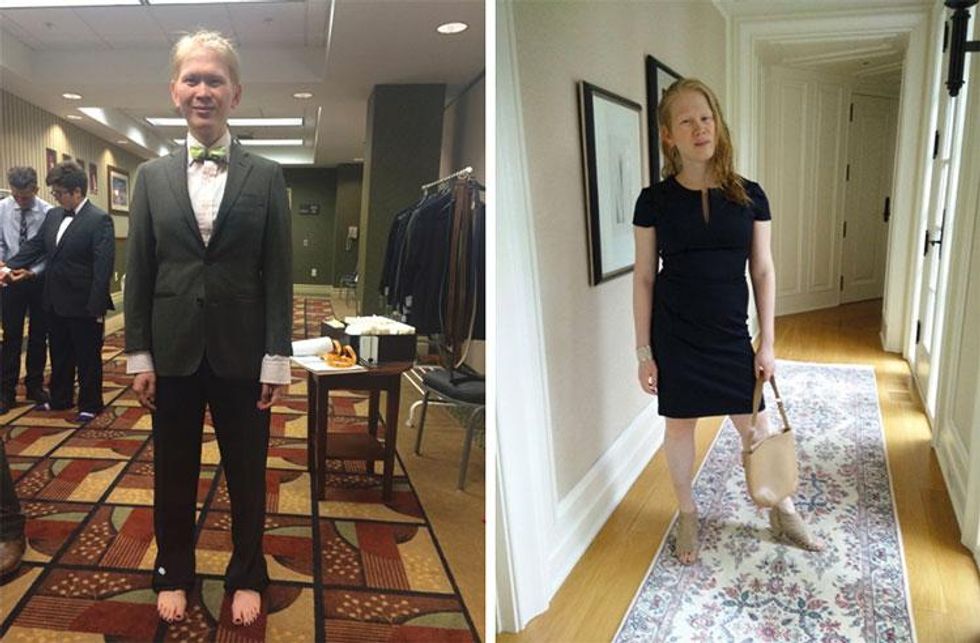
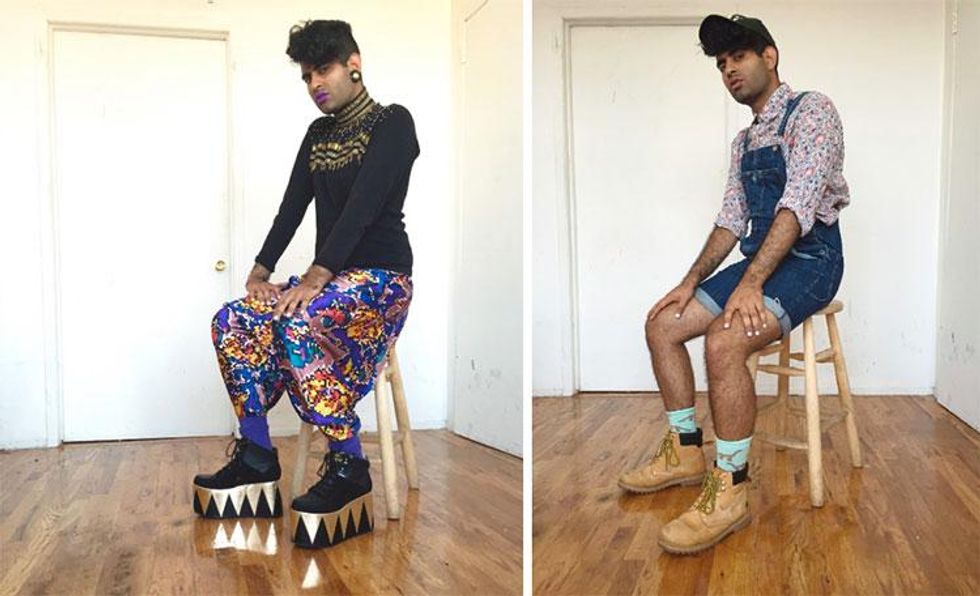
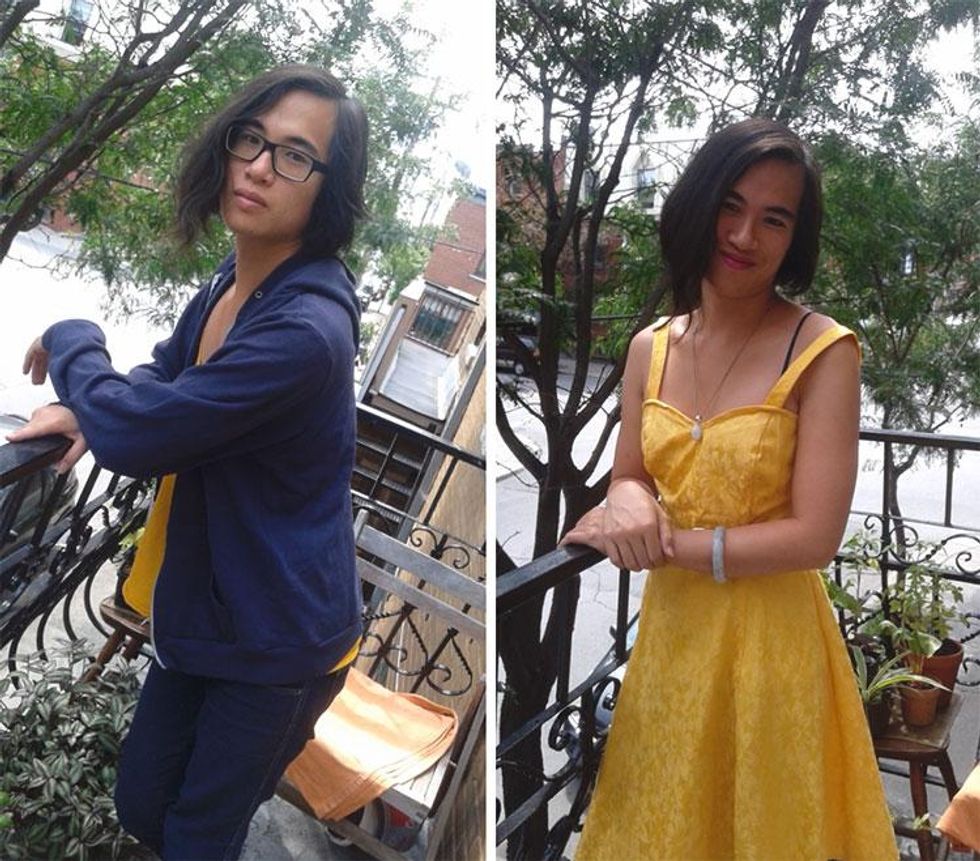
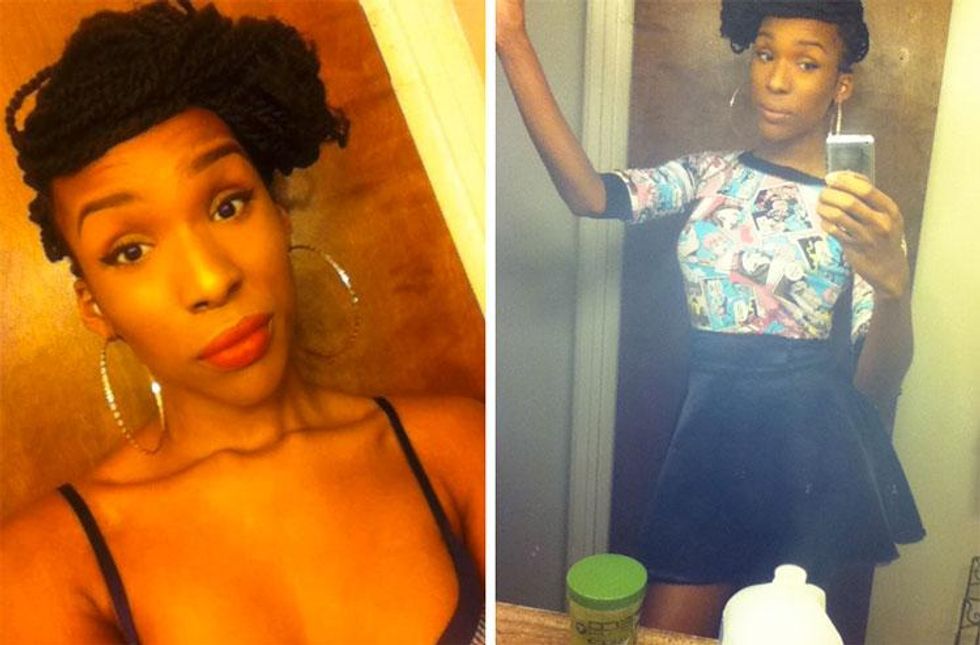
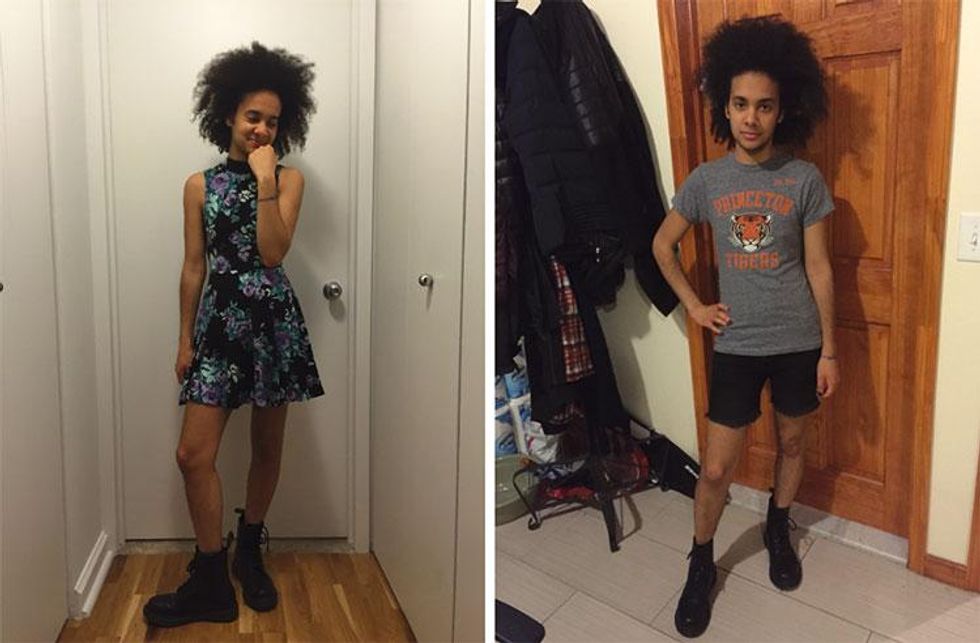






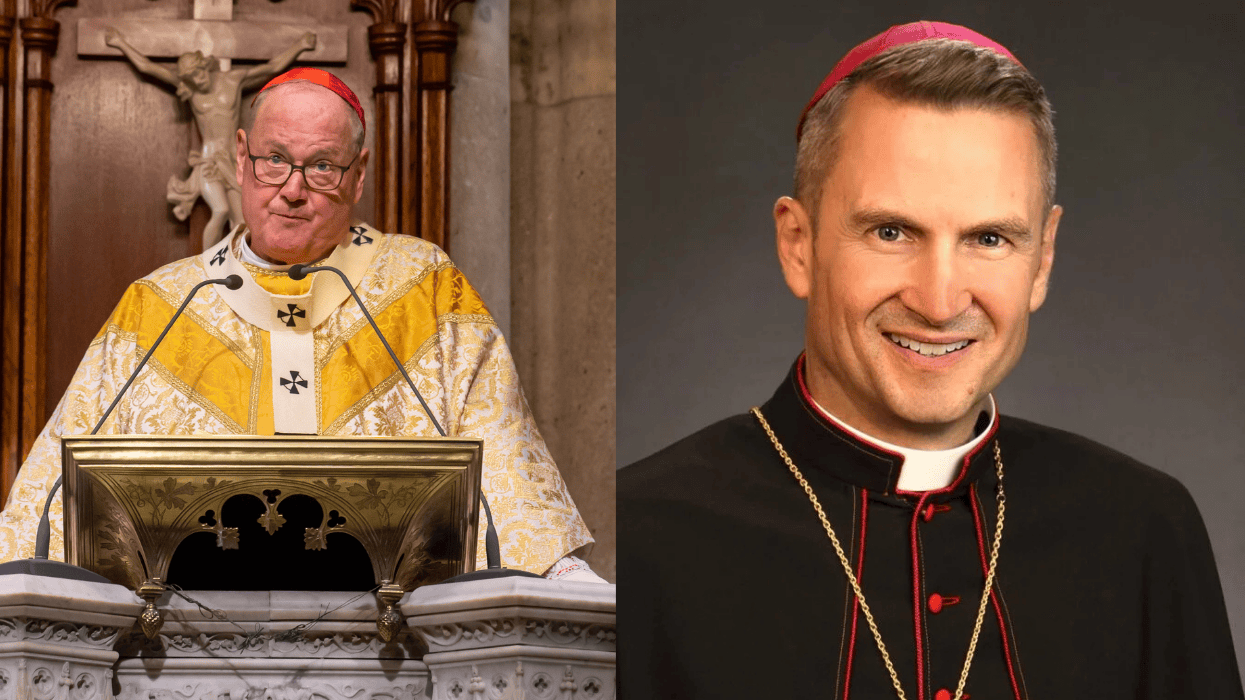
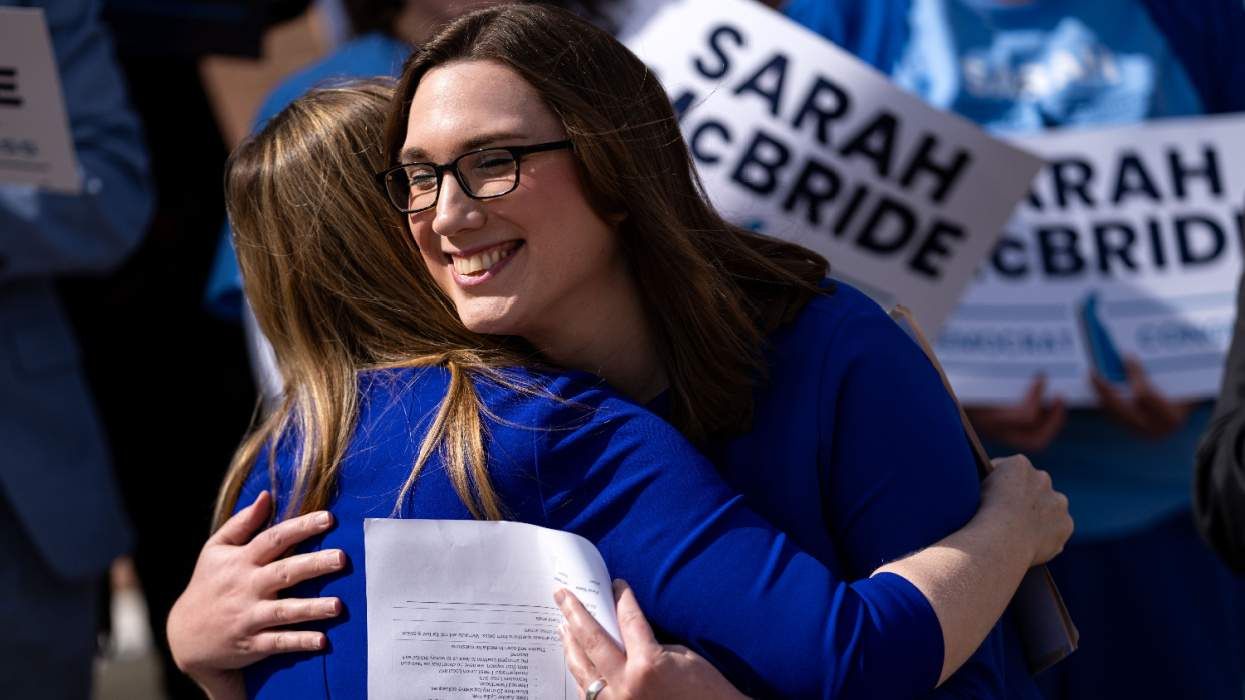
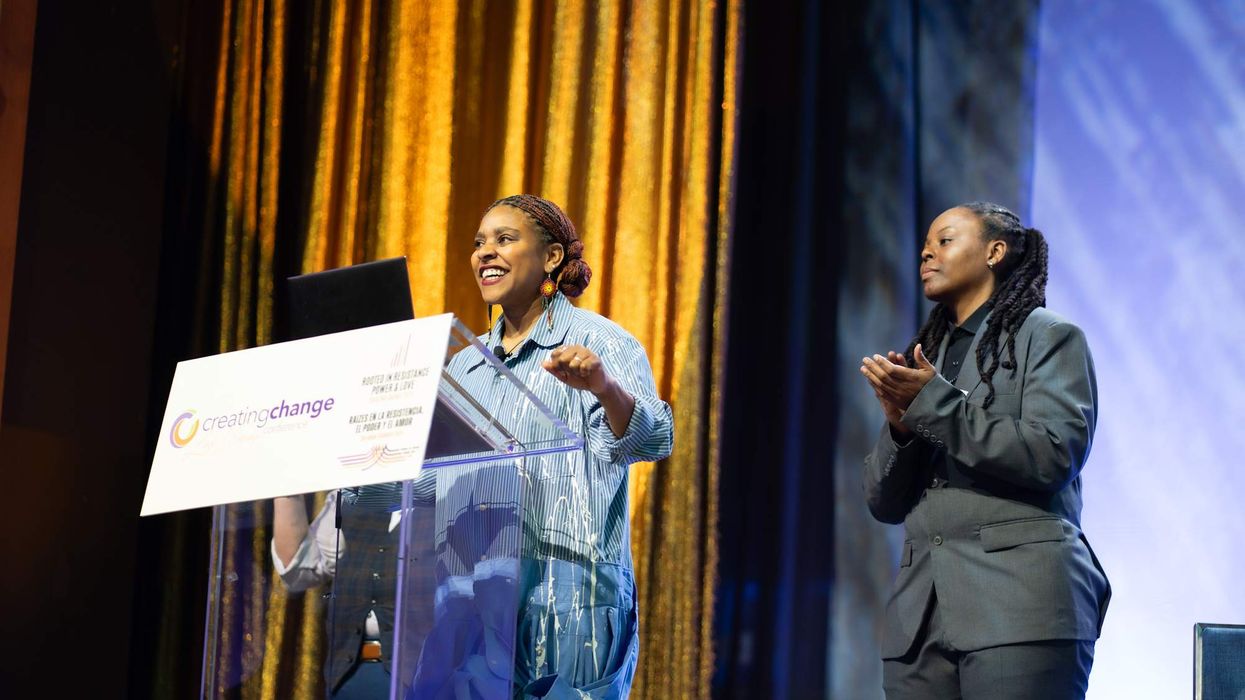
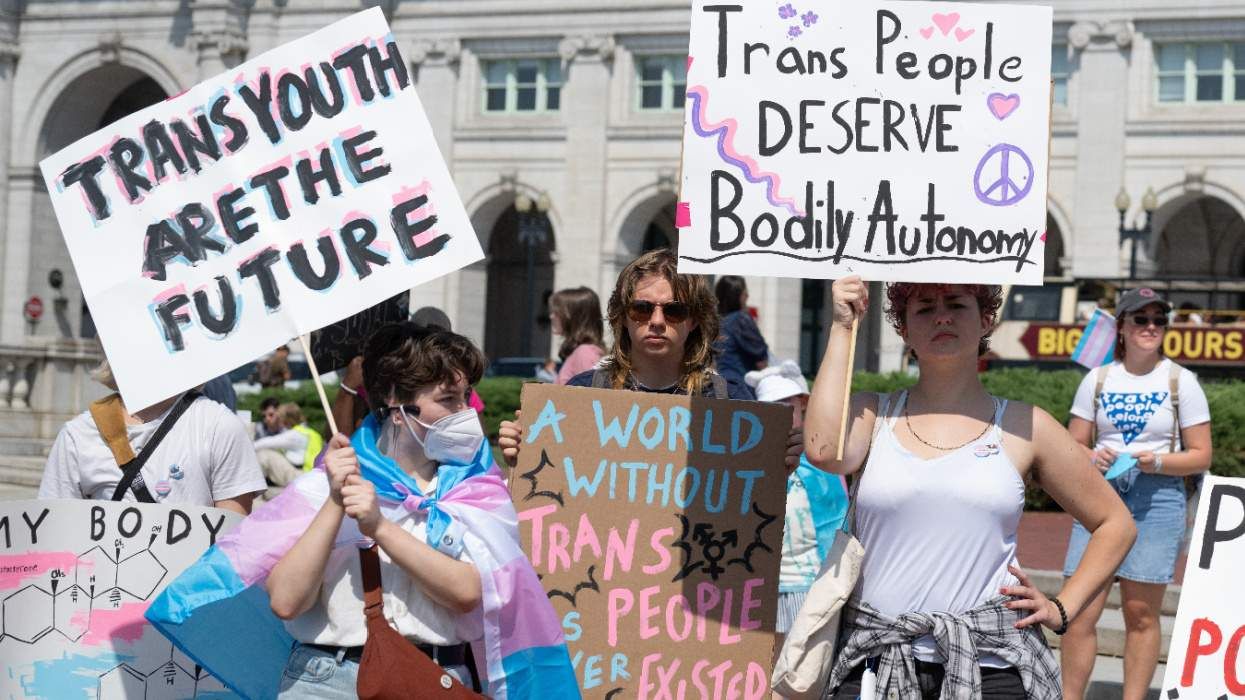






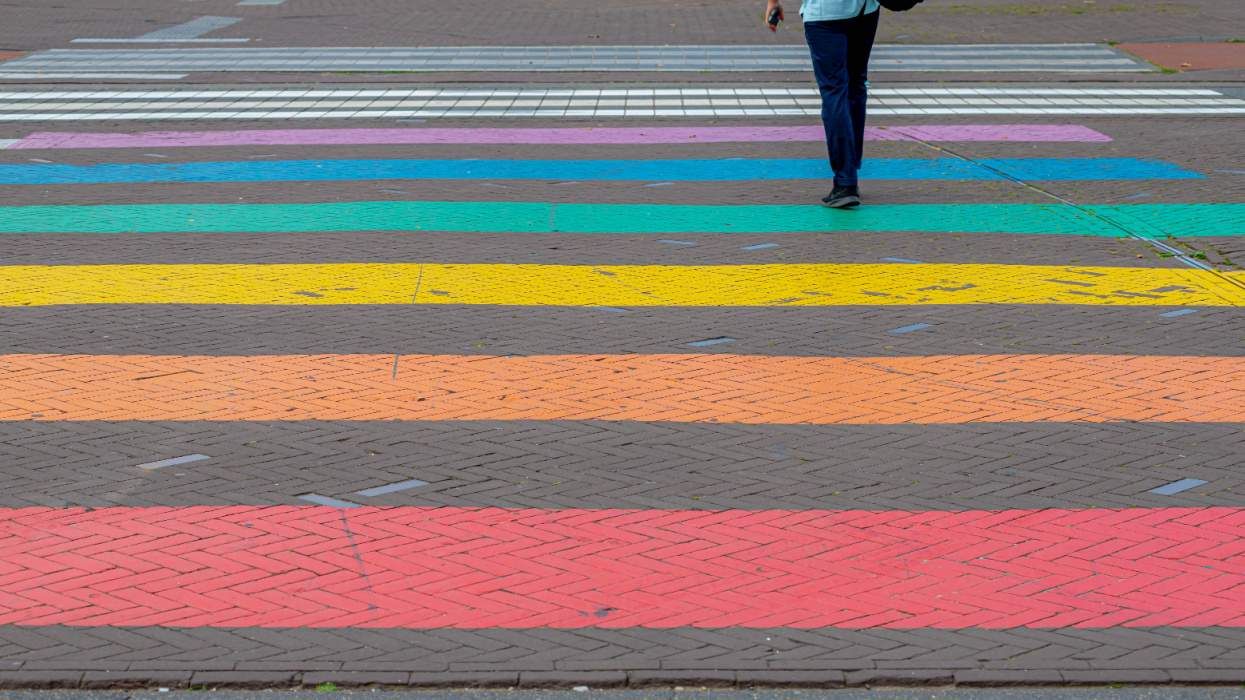


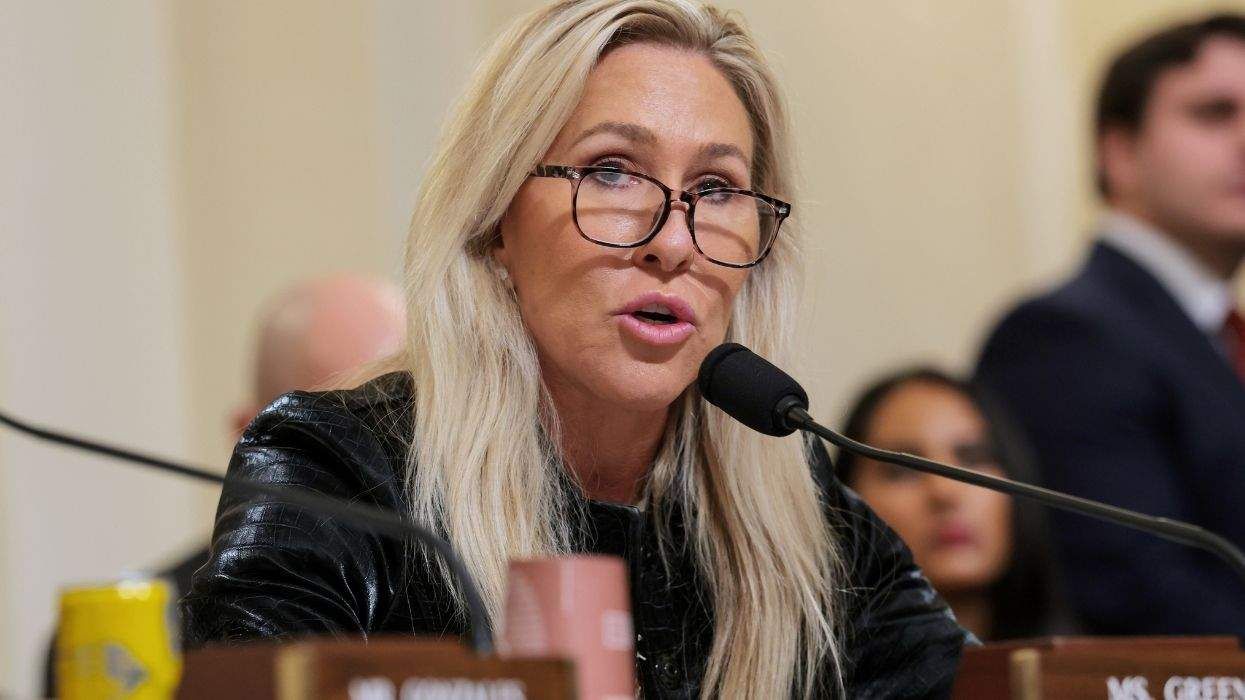
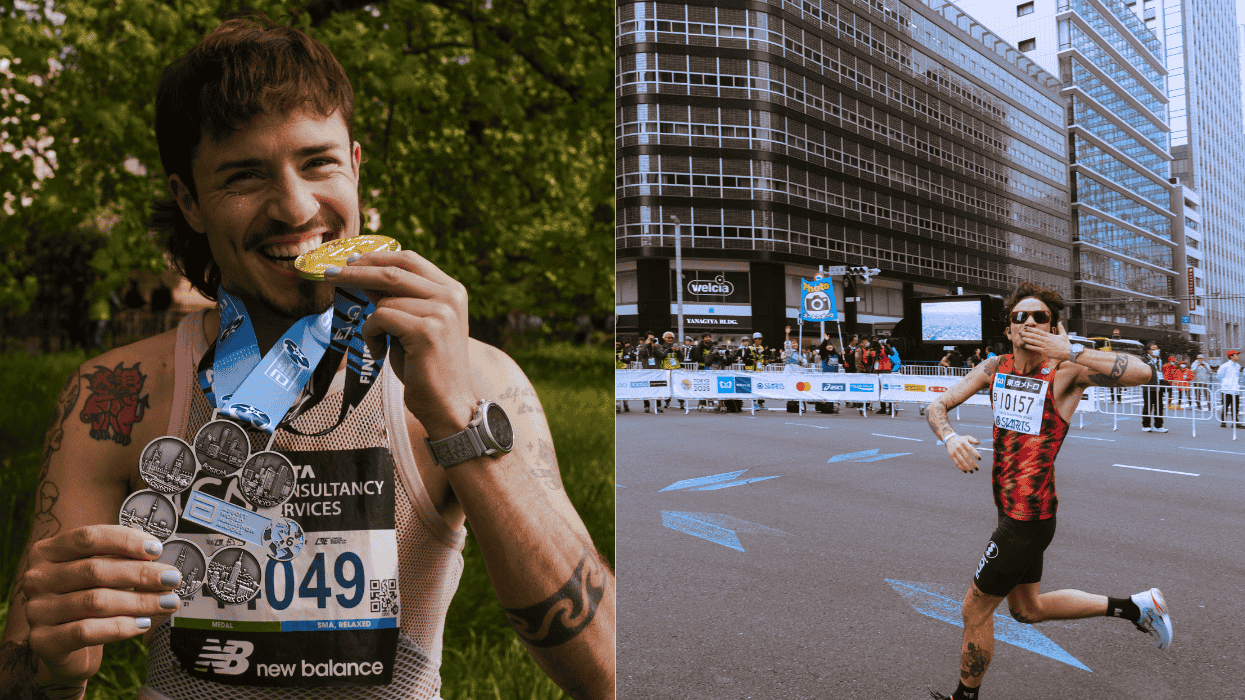
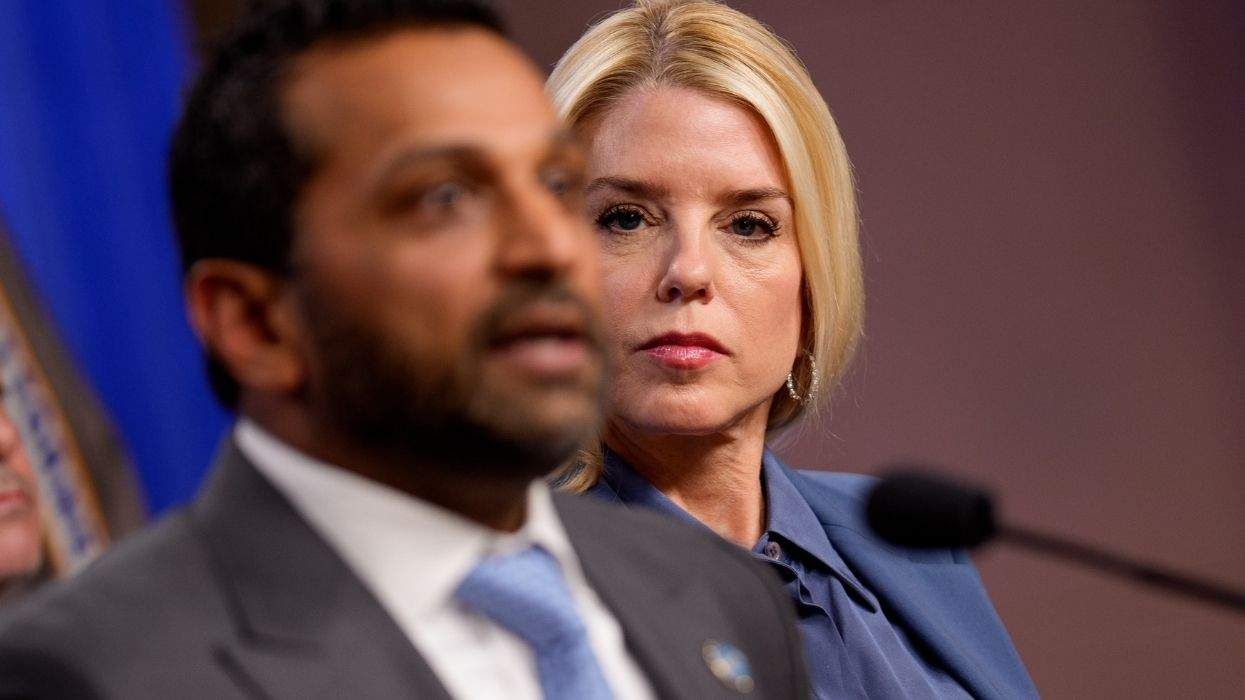



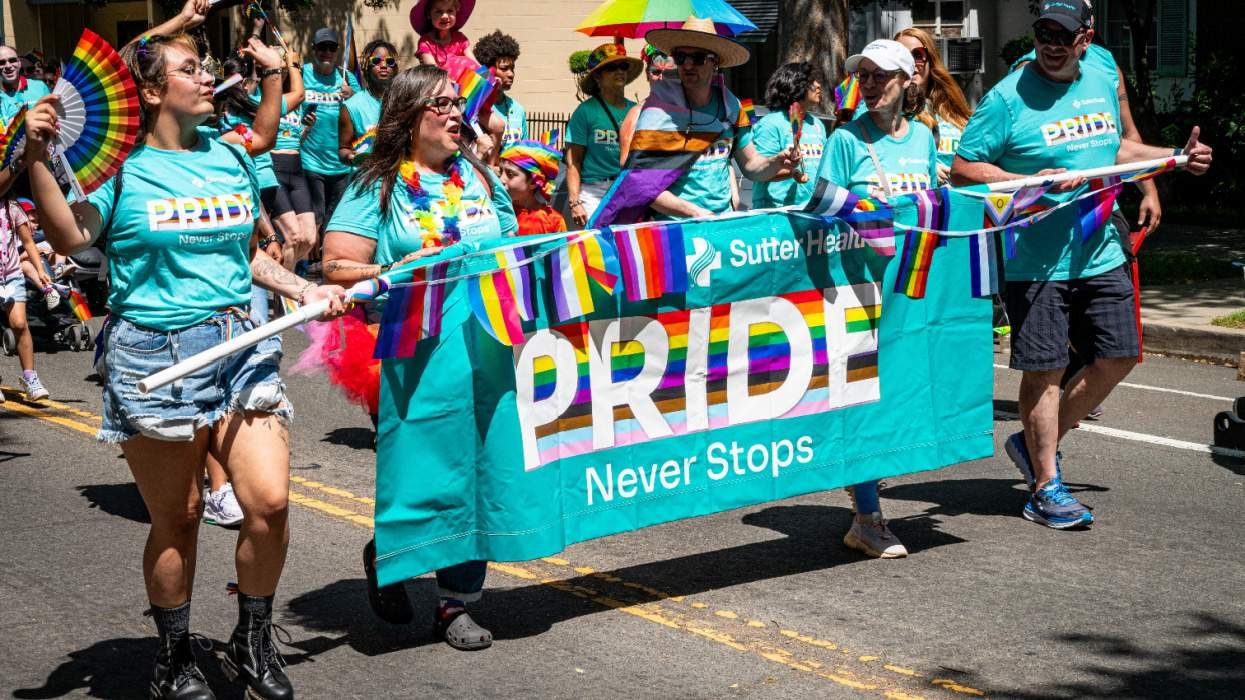


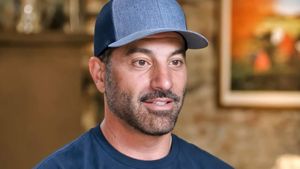
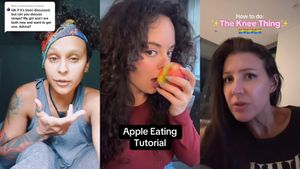























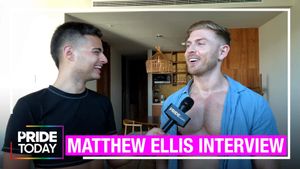

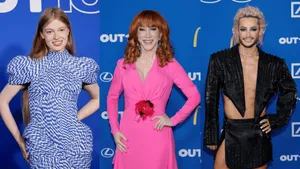




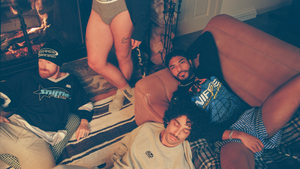
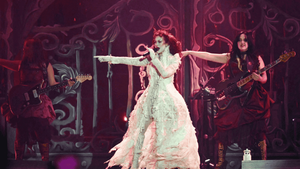


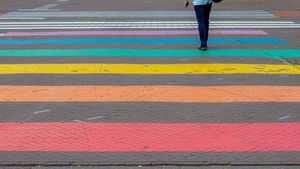

Charlie Kirk DID say stoning gay people was the 'perfect law' — and these other heinous quotes